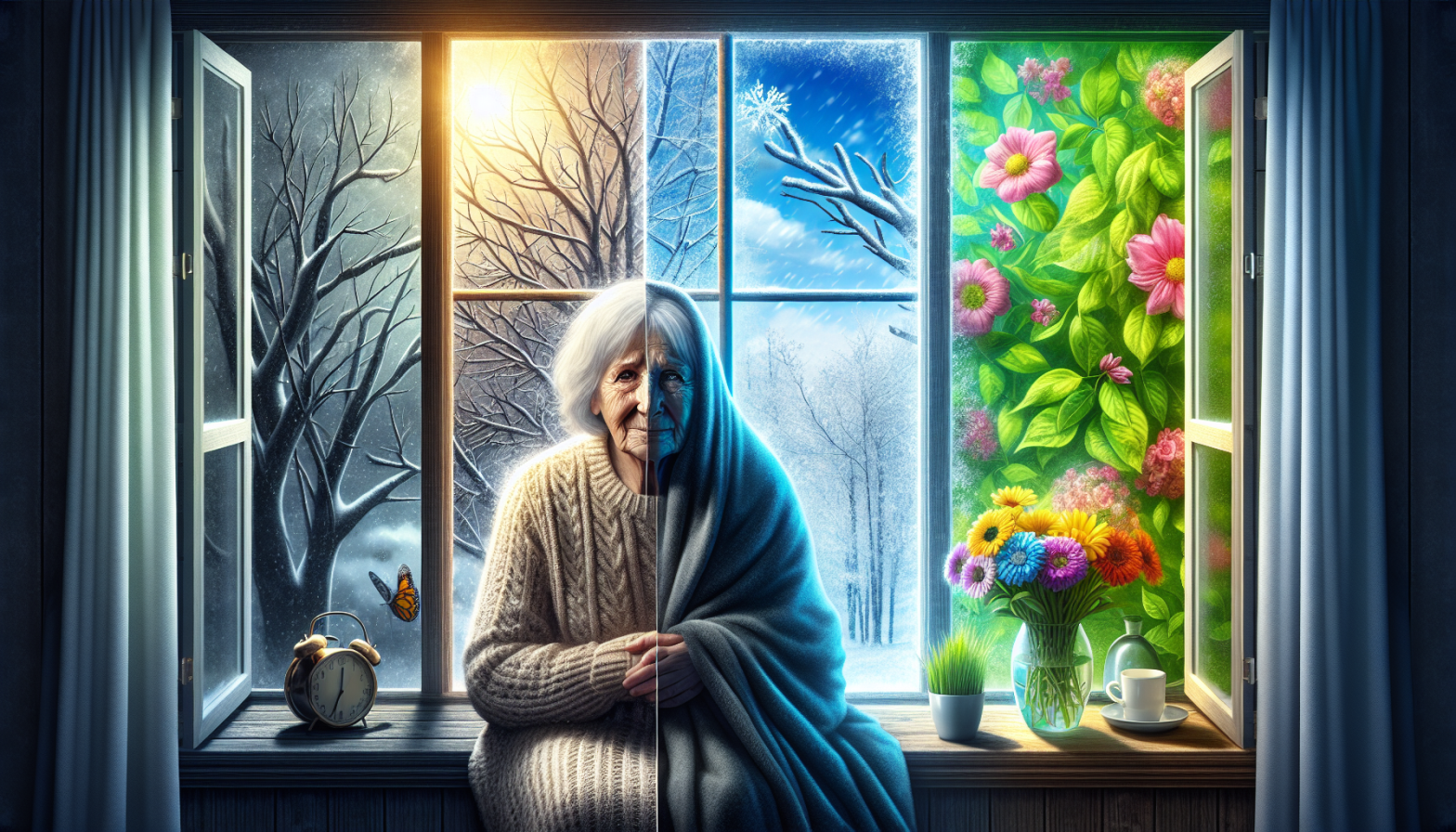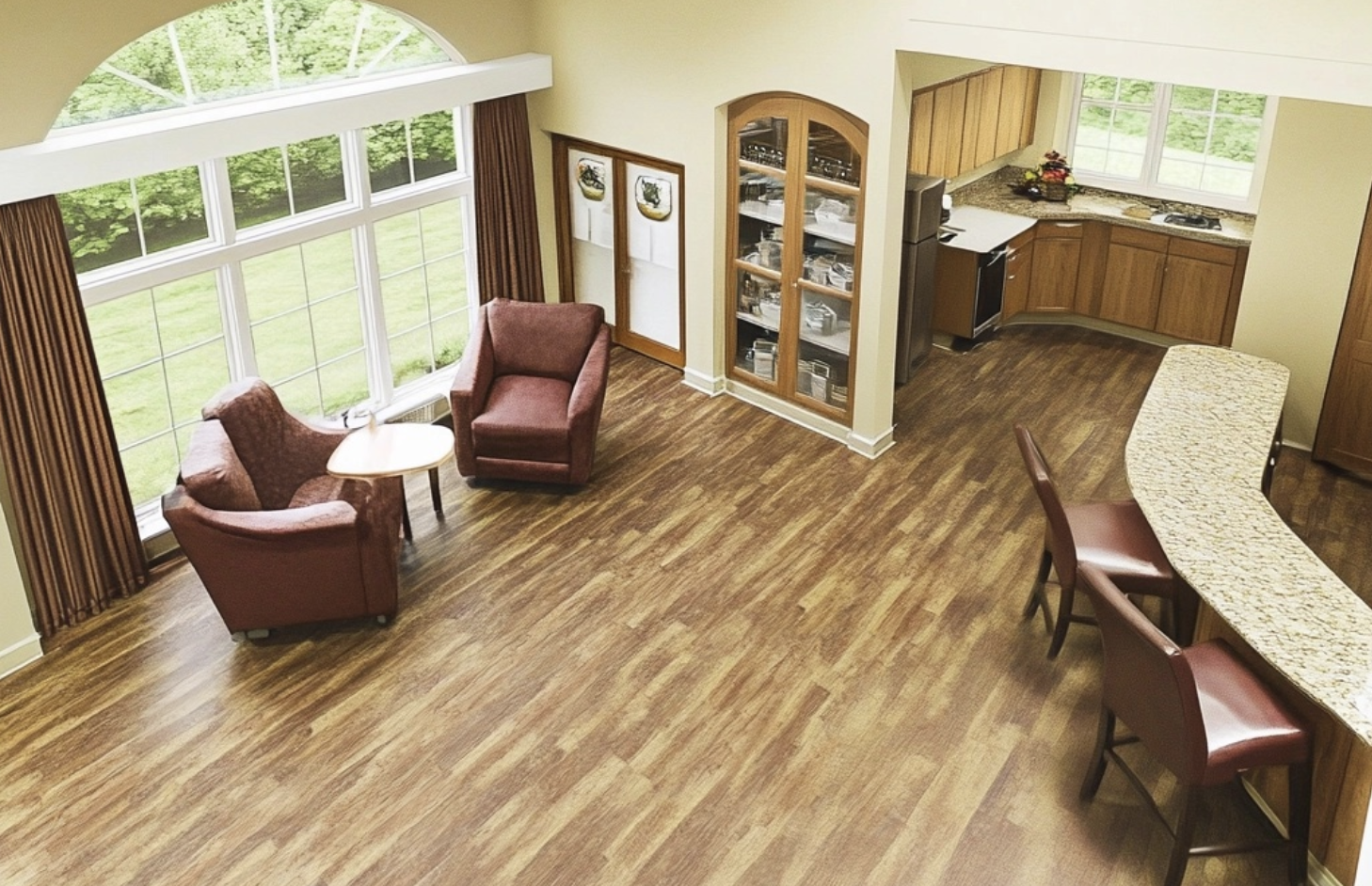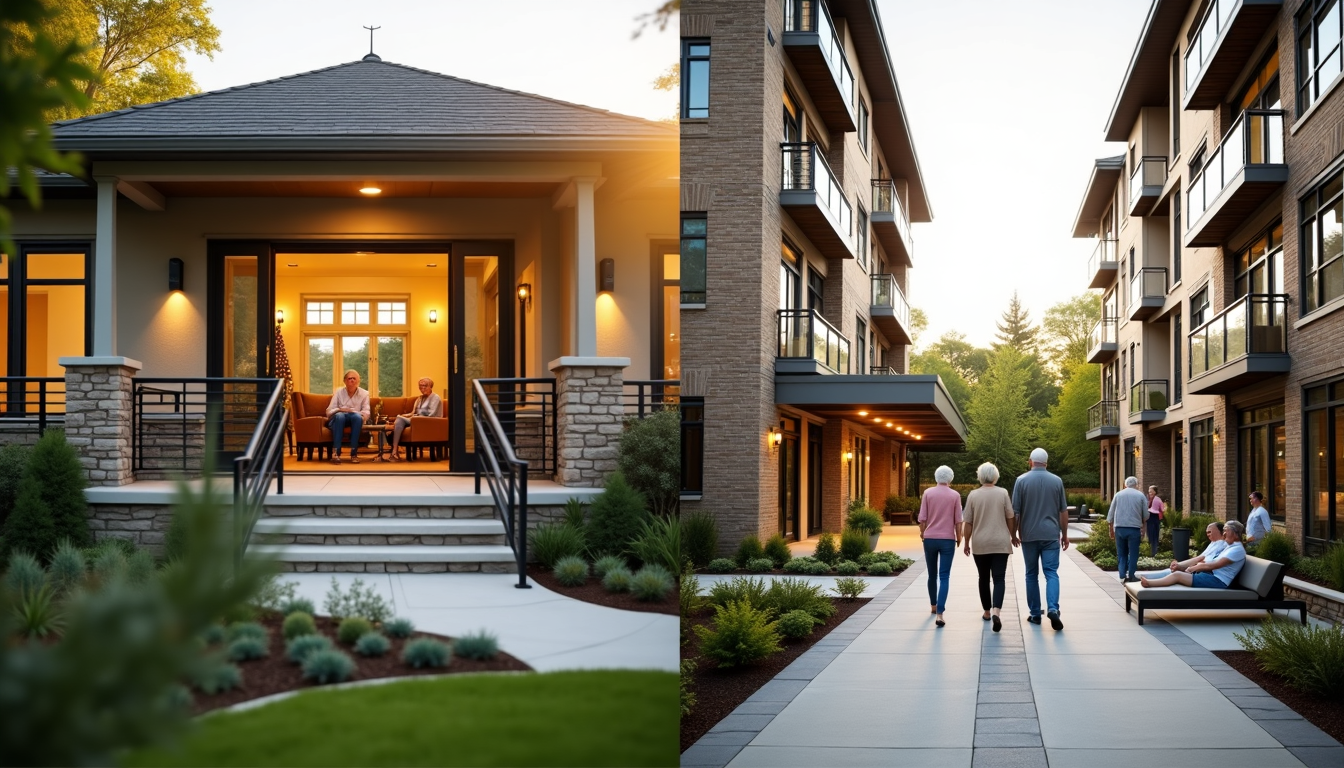As winter approaches, many seniors experience a noticeable shift in their mood and energy levels. Seasonal Affective Disorder (SAD), commonly known as winter depression, can have a significant impact on the elderly population. This condition affects serotonin levels and melatonin production, leading to symptoms such as fatigue, weight gain, and mood changes. Understanding SAD in seniors is crucial to ensure their well-being and quality of life during the colder months.
This article delves into the various aspects of Seasonal Affective Disorder in older adults. It explores the symptoms specific to seniors, examines potential causes and risk factors, and discusses effective treatment options. From light therapy to cognitive behavioral therapy and antidepressants, readers will gain insights into managing SAD. Additionally, the piece highlights the importance of exercise and other lifestyle changes to alleviate seasonal depression symptoms and improve overall mental health in the elderly.
What is Seasonal Affective Disorder in Seniors?
Definition
Seasonal Affective Disorder (SAD) is a type of depression that has an impact on older adults, characterized by its recurrent seasonal pattern. This condition typically begins and ends at the same times each year, with symptoms lasting about 4-5 months. In most cases, SAD symptoms start in late fall or early winter and resolve during spring and summer, known as winter-pattern SAD or winter depression. Less commonly, some individuals experience summer-pattern SAD, with depressive symptoms occurring during spring and summer months.
Prevalence in older adults
The prevalence of SAD among older adults varies, but it is estimated that millions of Americans experience this disorder. Studies indicate that the global prevalence of depressive disorders among older adults ranges between 10% and 20%. In the elderly population, depression affects approximately 1 in 5 individuals during their lifetime. The prevalence of depression in older adults attending primary care clinics is about 6% to 9%, while it rises to 10-12% in acute care settings and 12-14% in nursing homes.
Difference from regular depression
SAD in seniors differs from regular depression in several ways. Older adults with SAD are less likely to report feelings of sadness or guilt. Instead, they often express somatic, anxiety, and psychotic symptoms. Comorbid cognitive impairment is common in late-life SAD, making it challenging to distinguish from dementia due to overlapping symptom profiles. Unlike regular depression, SAD has a clear seasonal pattern, with symptoms improving as seasons change. Additionally, SAD in seniors often involves changes in sleep patterns, energy levels, and appetite, particularly carbohydrate cravings and weight gain during winter months.
Symptoms of SAD in the Elderly
Seasonal Affective Disorder (SAD) in seniors can manifest differently compared to younger adults. The symptoms often vary depending on the seasonal pattern, with distinct characteristics for winter and summer-onset SAD.
Winter-pattern symptoms
Older adults experiencing winter-pattern SAD may exhibit:
- Persistent sad or anxious mood
- Feelings of hopelessness or worthlessness
- Decreased energy and fatigue
- Difficulty concentrating or making decisions
- Oversleeping (hypersomnia)
- Increased appetite, particularly craving carbohydrates
- Weight gain
- Social withdrawal, feeling like “hibernating”
Summer-pattern symptoms
Though less common, summer-pattern SAD in seniors can include:
- Trouble sleeping (insomnia)
- Poor appetite leading to weight loss
- Restlessness and agitation
- Increased irritability and anxiety
- Violent or aggressive behavior
Impact on daily life
SAD can significantly affect seniors’ daily functioning and quality of life. Symptoms may start out mild and become more severe as the season progresses. Older adults might experience:
- Loss of interest in once-enjoyable activities
- Changes in sleep patterns or appetite
- Physical aches or pains without clear causes
- Difficulty with memory or cognitive function
It’s important to note that SAD symptoms in seniors may be mistaken for other conditions, such as dementia, due to overlapping symptoms like memory problems and low motivation. Additionally, older adults are less likely to report feelings of sadness or guilt, often expressing somatic, anxiety, or psychotic symptoms instead. Recognizing these unique manifestations of SAD in the elderly is crucial for proper diagnosis and treatment.
Causes and Risk Factors for SAD in Seniors
Biological factors
Seasonal Affective Disorder (SAD) in seniors has an impact on various biological processes. The disorder affects serotonin levels and melatonin production, leading to mood changes and fatigue. Vitamin D deficiency, common in older adults due to reduced sun exposure, plays a key role in regulating mood and energy levels. This deficiency can contribute to depressive symptoms. Additionally, age-associated neurobiological changes increase vulnerability to depression. Endocrine, inflammatory, and cardiovascular factors also play a role in late-life depression. Some medications, such as beta-blockers and corticosteroids, may cause depressive symptoms in seniors.
Environmental factors
Environmental factors significantly contribute to SAD in older adults. Limited outdoor activity during harsh winters reduces natural vitamin D intake and impacts mood. Seniors often spend more time indoors due to fall risks and other seasonal hazards, leading to isolation and disconnection from family and friends. This lack of social interaction is a major contributor to depression in older adults. Cold, snowy, or icy weather can be dangerous for seniors, further limiting their opportunities to engage with the community or spend time in nature. Poor neighborhood safety can act as a chronic stressor, reducing willingness to interact with others and engage in outdoor activities.
Age-related vulnerabilities
As people age, they become more susceptible to SAD due to various factors. Cognitive decline and physical disabilities often accompany aging, increasing vulnerability to depression. Insomnia, which becomes more common with age, is an often overlooked risk factor for late-life depression. Anxiety disorders may precede depression in older adults. The aging process itself can lead to reduced engagement with the environment, particularly among individuals with existing vulnerabilities. Repeated depressive episodes may accelerate the aging process, leading to greater brain atrophy, cognitive decline, and physical frailty. Aging-related morbidities, such as inflammation, vascular disease, and neurodegeneration, contribute to the development of SAD in seniors.
Diagnosis and Treatment Options
Medical evaluation
Diagnosing [Seasonal Affective Disorder (SAD)](https://seniorsite.org/resource/seasonal-affective-disorder-in-seniors-symptoms-and-solutions/) in seniors involves a comprehensive assessment. Healthcare providers typically conduct a physical exam, ask detailed questions about health, and may order lab tests such as a complete blood count or thyroid function test. A psychological evaluation is also crucial, often involving questionnaires to assess symptoms, thoughts, and behavior patterns.
Light therapy
Light therapy is a primary treatment for SAD, particularly effective for fall-onset cases. It involves exposure to bright light (10,000 lux) for 30-45 minutes daily, usually in the morning. This therapy mimics natural sunlight and can influence brain chemicals linked to mood. Light boxes should be selected under healthcare provider guidance, considering factors like light intensity and exposure duration.
Psychotherapy
Cognitive Behavioral Therapy (CBT) has an impact on treating SAD in seniors. It helps identify and change negative thoughts and behaviors, manage stress, and build healthy habits. CBT-SAD, a specialized form, focuses on replacing negative thoughts related to seasonal changes with more positive ones.
Medication
Antidepressants can be effective for SAD, especially when symptoms are severe. Extended-release bupropion has shown promise in preventing depressive episodes in those with a history of SAD. Healthcare providers may recommend starting antidepressant treatment before symptoms typically begin each year and continuing beyond the usual symptom duration.
Lifestyle changes
Incorporating lifestyle modifications can complement other treatments. These include making the environment brighter, spending time outdoors, exercising regularly, and maintaining consistent sleep patterns. Such changes can help manage symptoms and improve overall well-being in seniors with SAD.
Conclusion
Seasonal Affective Disorder has a significant impact on seniors, affecting their mood, energy levels, and overall quality of life. Understanding its unique manifestations in older adults is key to providing effective care and support. From light therapy to lifestyle changes, there are various ways to manage SAD symptoms and improve well-being during challenging seasons.
Recognizing the interplay of biological, environmental, and age-related factors is crucial to address SAD in the elderly population. By combining medical evaluations, targeted treatments, and supportive interventions, healthcare providers and caregivers can help seniors navigate the seasonal shifts more comfortably. This holistic approach not only alleviates symptoms but also enhances the overall mental health and resilience of older adults facing seasonal mood changes.












